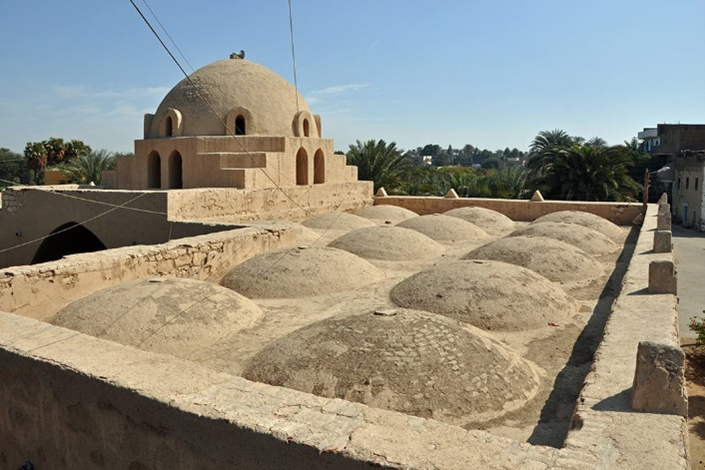Tying together my research and the holistic journey of this blog, my manifesto stands for under representation of minority groups working in the field of Architecture. I have explored the importance of diversity in architecture and realised that inclusion is the most significant obstacle. ‘Our industry needs a more rigorous and collaborative approach to inclusion throughout the full lifecycle of our projects.’ (Tait, 2023)
Although, there have been some improvements overtime, The industry is still dominated by a narrow demographic, often excluding diverse voices, perspectives and underrepresented lived experience. According to the Analysis of the Architects’ profession, published by the Architects Registration Board 2022, our industry faces considerable gaps with underrepresentation across key areas of identity, including gender, ethnicity, sexual orientation, disability, and religion.
The key to an inclusive architecture is integrating inclusivity into the early education system to foster a cultural mindset. This shift in education will pave the way for more inclusive architectural practices, ensuring designs that are reflective of varied lived experience. ‘Education about inclusion should start from pre-school and should then evolve during the educational curriculum, up to college level in all disciplines.’ (Zallio & Clarkson, 2021)
‘Public attitudes also need to change. The image of the builder conveyed in popular culture — from “The Fountainhead” to “Sleepless in Seattle” — remains resolutely white and male.’ (Stratigakos, 2016) The result of under representation of architectural diversity in popular culture is that individuals from diverse backgrounds can face a public attitude of scepticism, as if people from underrepresented groups don’t belong in a profession that has historically excluded them.
The architectural field falls short of truly representing our diverse society. The industry must become more accessible, inclusive, supportive and diverse.
‘Disparities between the cultures and identities of the profession as opposed to the broader population are significant and manifest themselves in important ways, both obvious and insidious. Who enters the profession, and progresses on into positions of power, determines not only who writes our history, but who feels accepted in our profession, who designs our built environment and how inclusive they are’ (Durham & Choi, 2024)
If the architectural field is not truly represented by varied cultures and lived experiences, then architects are only empathising with the end user, without truly understand need. ‘Studies suggest that architectural design professionals mainly focus on how they experience a situation and insufficiently empathise with future users, leading to a lower understanding of the value of inclusive design as an approach to design for all users.’ (Zallio & Clarkson, 2021)
In my first year of Architectural studies, my view on how I see the world has changed, both visually and socially. I have become more aware of how power, privilege, and exclusion are woven into the spaces we inhabit. I began to see that design isn’t a level playing field. At the beginning of the academic year, I saw architectural aesthetics, whereas I now see architecture ethics. A responsibility to represent values, identity and people.
Today, I look at the built environment not just for who it serves and who it doesn’t, but who got the opportunity to design it and whether that opportunity was truly equitable.

References
Durham, H., & Choi, G. (2024). Inclusion Emergency. Routledge.
Stratigakos, D. (2016, April 21). Why is the world of architecture so male-dominated? Los Angeles Times; Los Angeles Times. https://www.latimes.com/opinion/op-ed/la-oe-stratigakos-missing-women-architects-20160421-story.html
Tait, A. (2023, July 13). New guidelines put accessibility and inclusion at the heart of building design. Architecture.com. https://www.architecture.com/knowledge-and-resources/knowledge-landing-page/new-guidelines-put-accessibility-and-inclusion-at-the-heart-of-building-design?srsltid=AfmBOop1yc-u-e25USSh92GepUDGI8WR3ly_ScddsPMGXRqXmyS6RI8_
Zallio, M., & Clarkson, P. J. (2021). Inclusion, diversity, Equity and Accessibility in the Built environment: a Study of Architectural Design Practice. Building and Environment, 206, 108352. https://www.sciencedirect.com/science/article/pii/S0360132321007496



